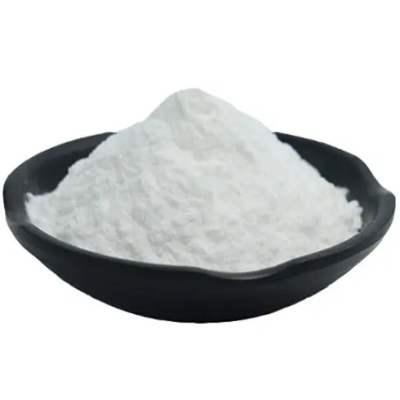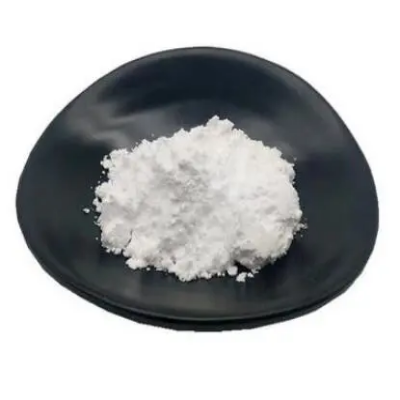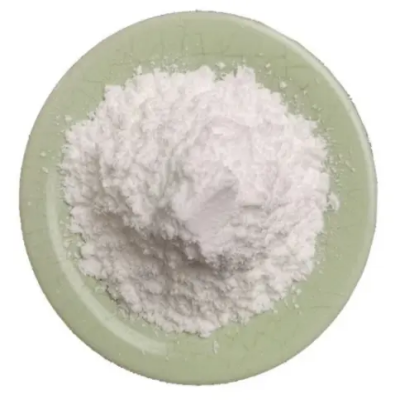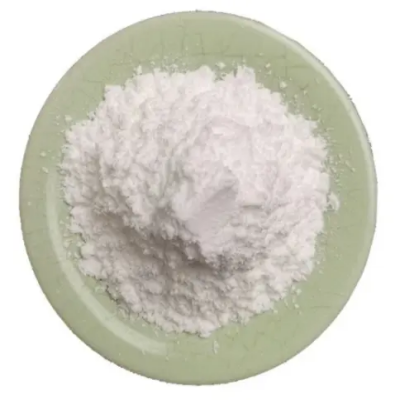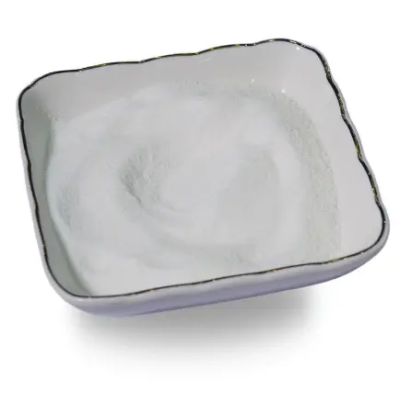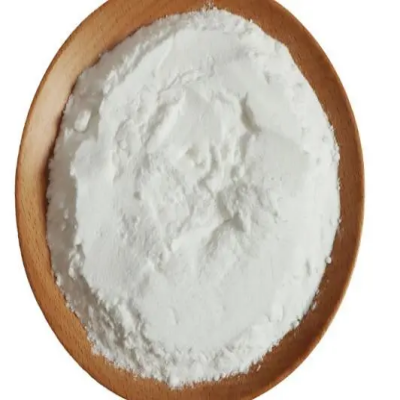4-(2,3-Epoxypropoxy)carbazole CAS:51997-51-4
4-(2,3-Epoxypropoxy)carbazole has various applications in different fields. In organic synthesis, it can be used as a building block or intermediate in the production of fine chemicals, specialty compounds, or other bioactive molecules. Its unique structure and functional groups make it suitable for modification and incorporation into complex molecules during chemical synthesis. This compound may also find applications in materials science and polymer chemistry. Its structure and properties make it suitable for the synthesis of functional materials, such as polymers, coatings, or electronic devices. It can contribute to the development of materials with desired characteristics, such as enhanced conductivity, durability, or biocompatibility. Furthermore, 4-(2,3-Epoxypropoxy)carbazole may have applications in the field of organic electronics. Its ability to undergo polymerization or cross-linking reactions makes it useful in the preparation of conductive polymers or organic semiconductors. It can be employed in the fabrication of electronic devices, such as organic light-emitting diodes (OLEDs), transistors, or solar cells. Moreover, this compound can be employed in research laboratories for studying its reactivity and investigating its potential biological activities. Its interactions with enzymes or cell receptors may contribute to understanding biological processes or developing new therapeutic agents. It can serve as a starting point for drug discovery or as a reference compound for biological assays. Additionally, 4-(2,3-Epoxypropoxy)carbazole may find applications in the field of environmental science and analytical chemistry. Its presence or detection in samples can provide insights into pollution sources or contamination levels. Researchers may employ this compound for analyzing environmental samples or developing analytical methods for its quantification. Overall, 4-(2,3-Epoxypropoxy)carbazole is a compound with diverse applications. Its use in organic synthesis, its significance in materials science and organic electronics, its role in research and environmental analysis highlight its importance in scientific and technological endeavors. Continued exploration and investigation of its properties and applications may uncover even more potential uses for this compound in the future.






| Composition | C15H13NO3 |
| Assay | 99% |
| Appearance | white powder |
| CAS No. | 51997-51-4 |
| Packing | Small and bulk |
| Shelf Life | 2 years |
| Storage | Store in cool and dry area |
| Certification | ISO. |


